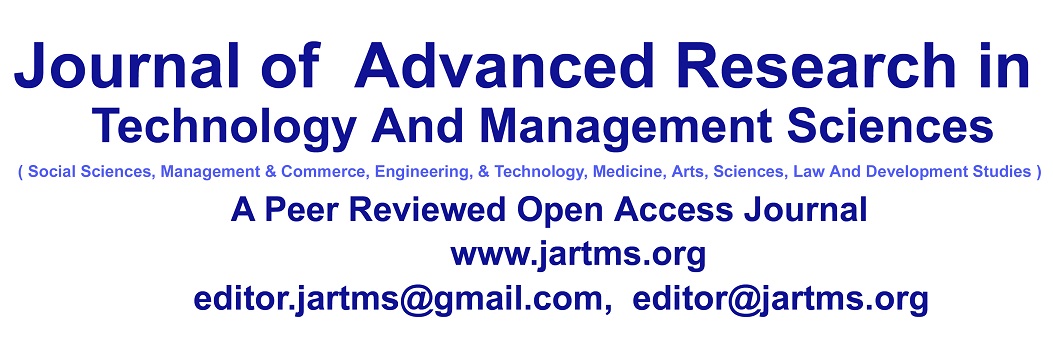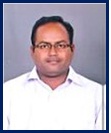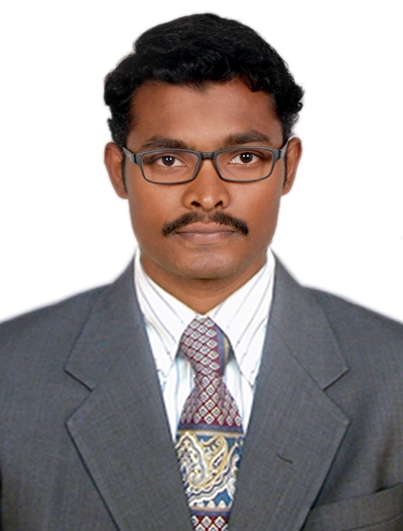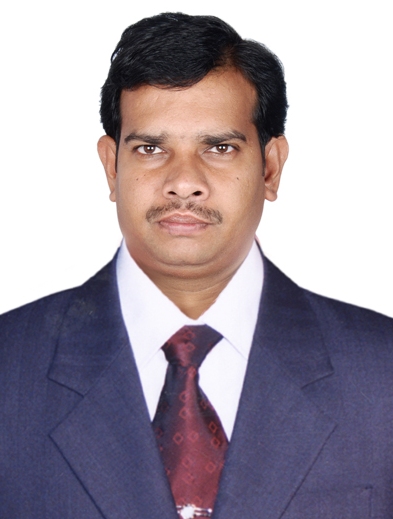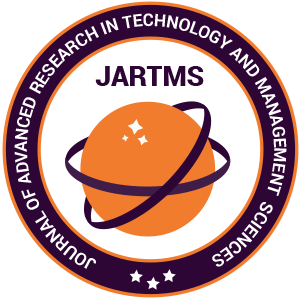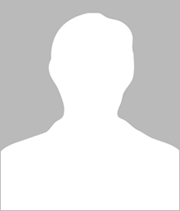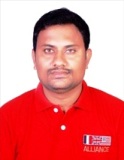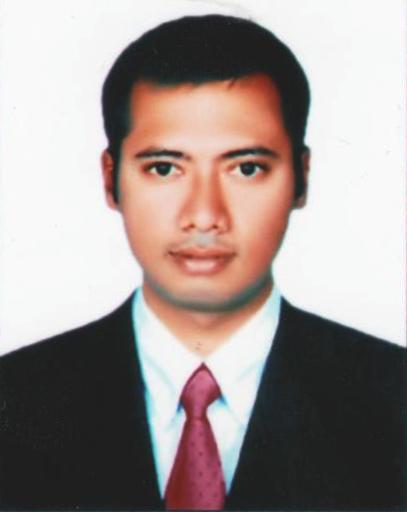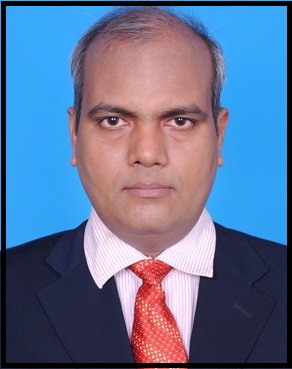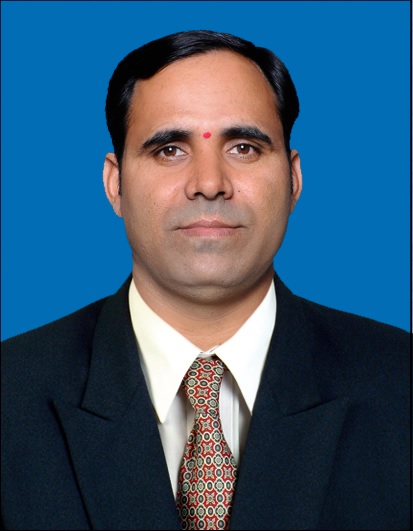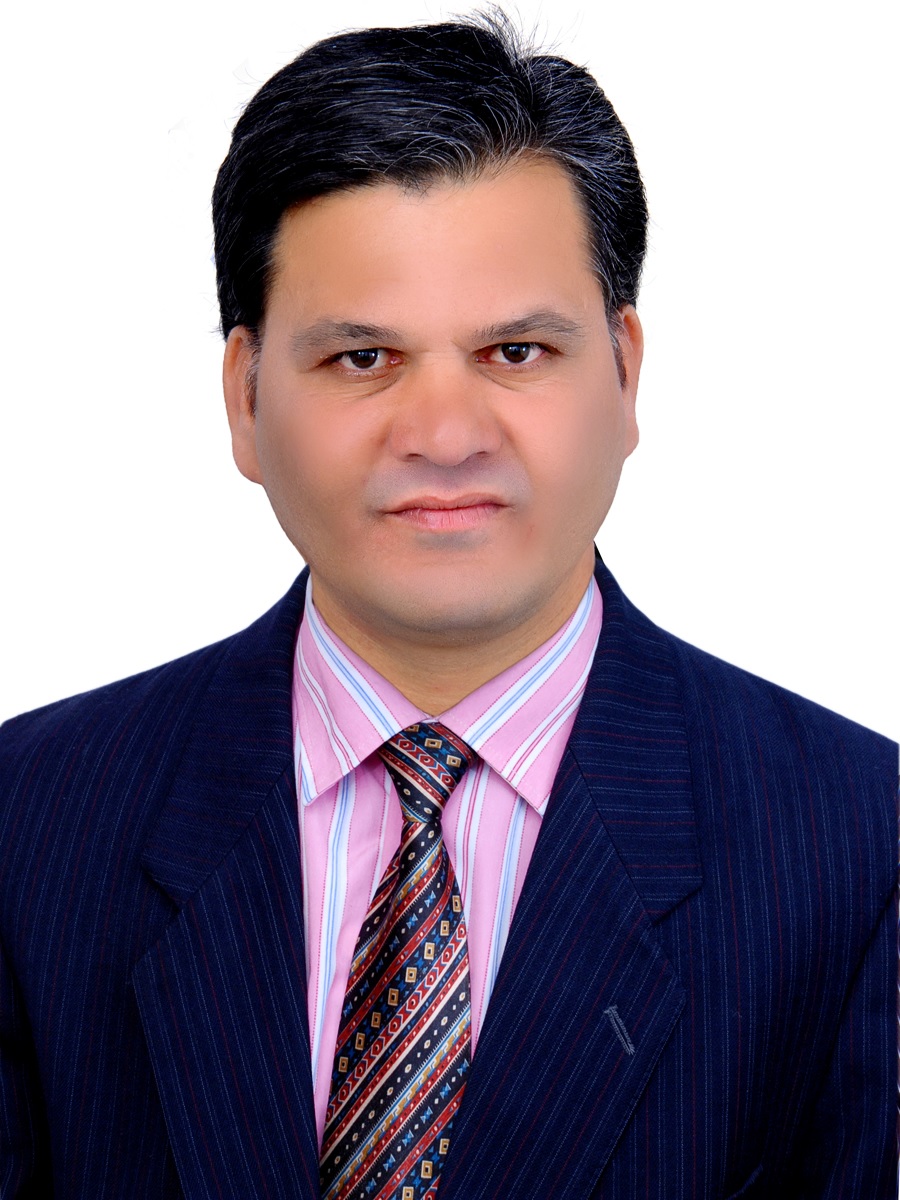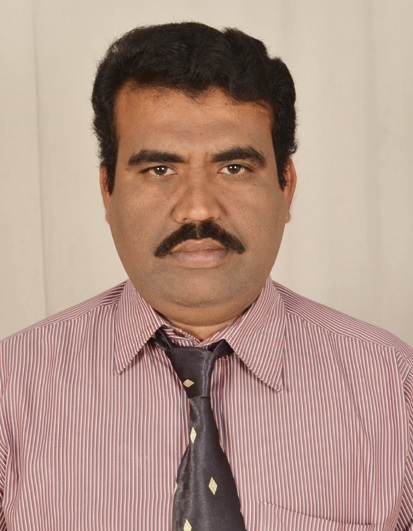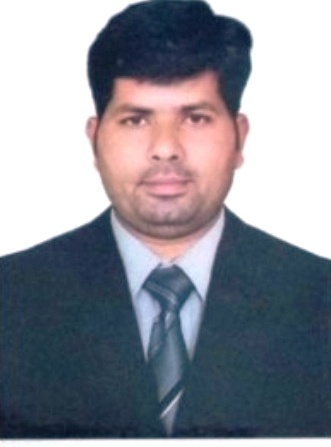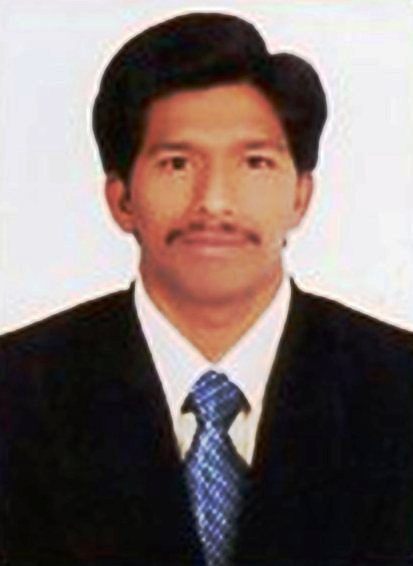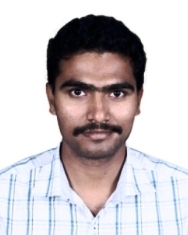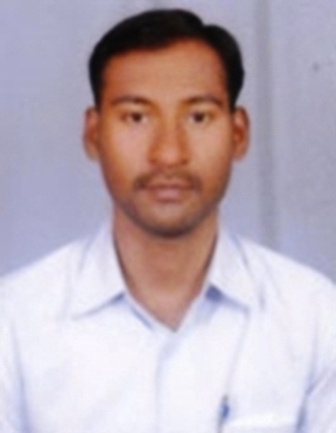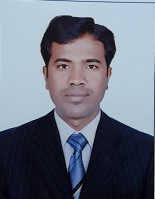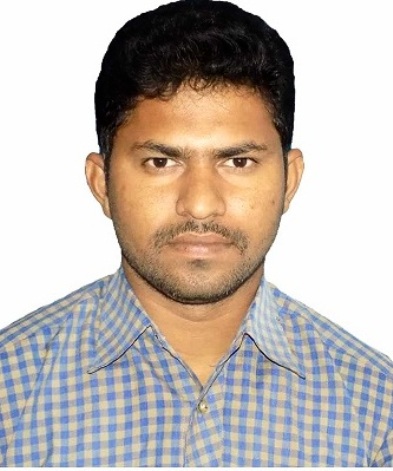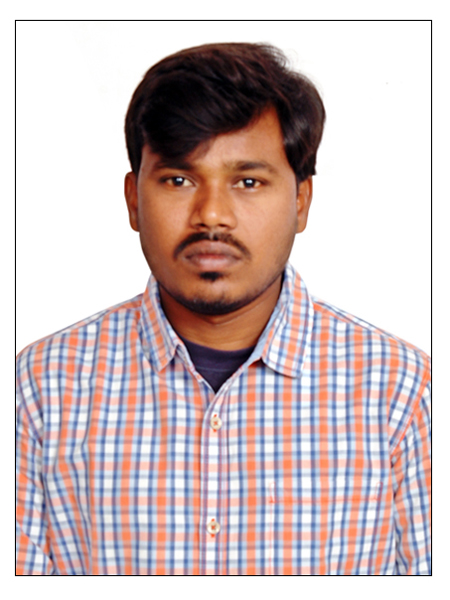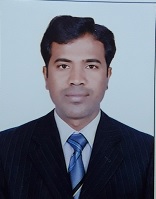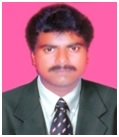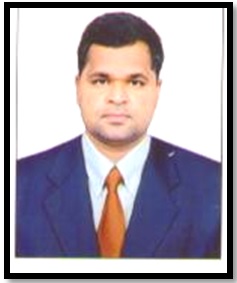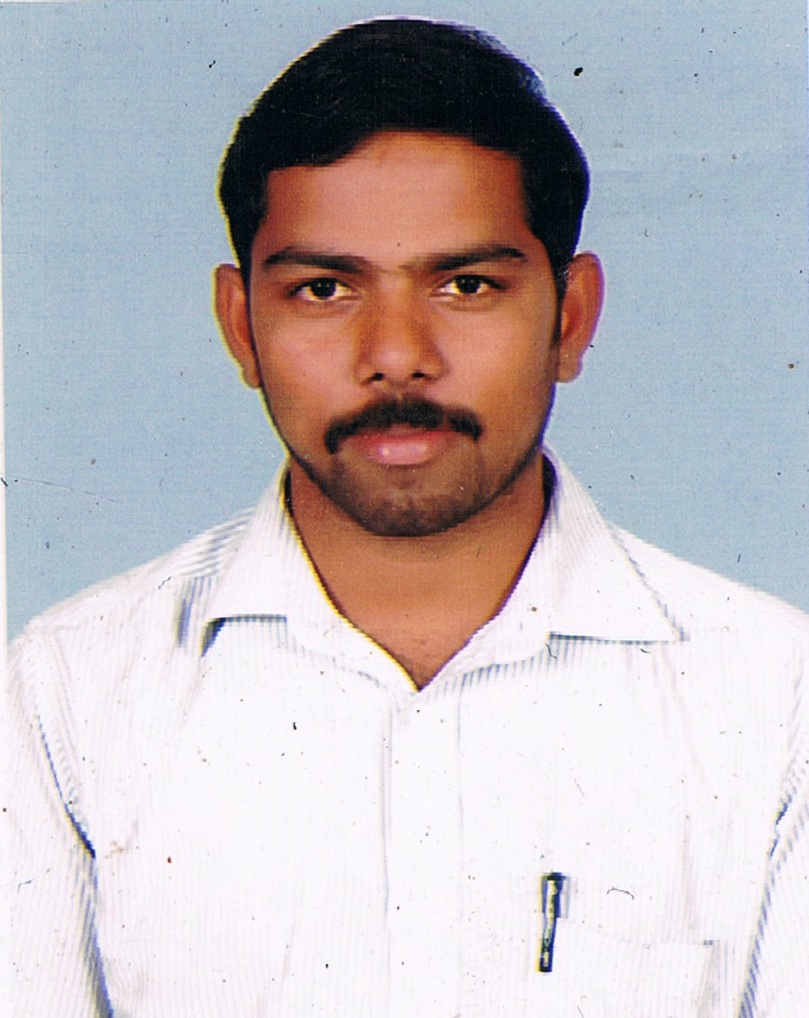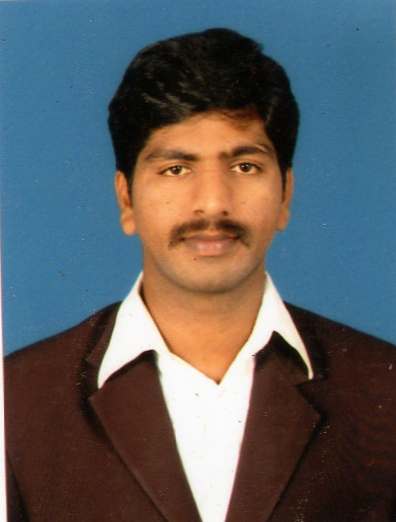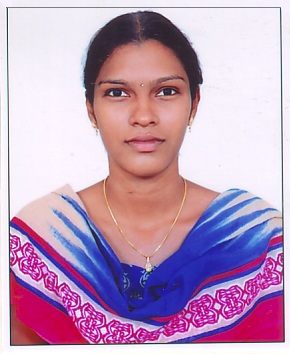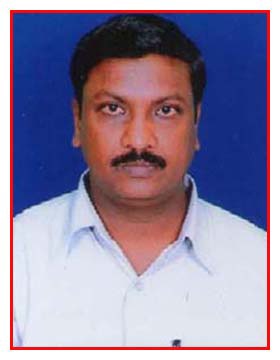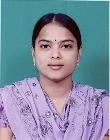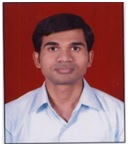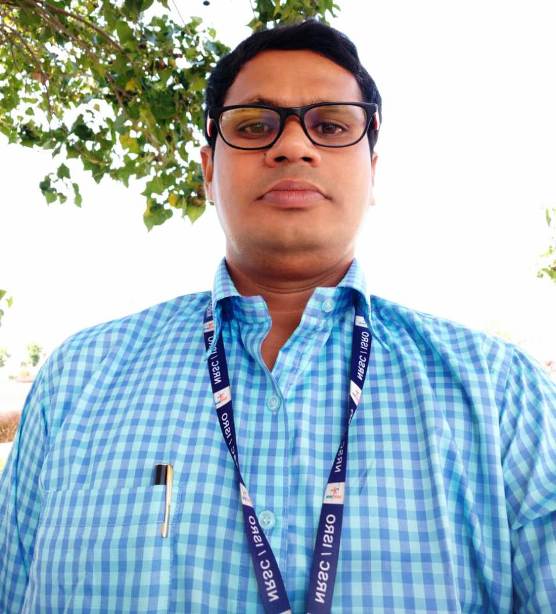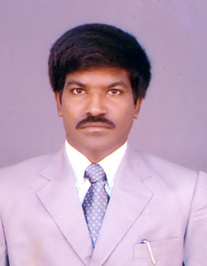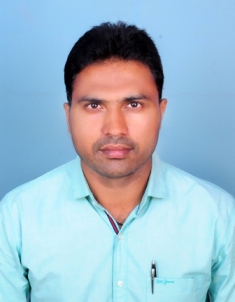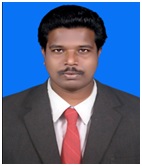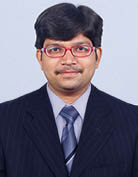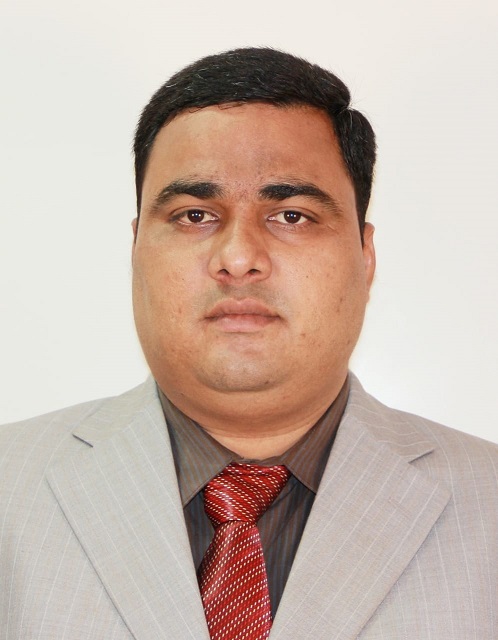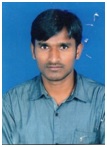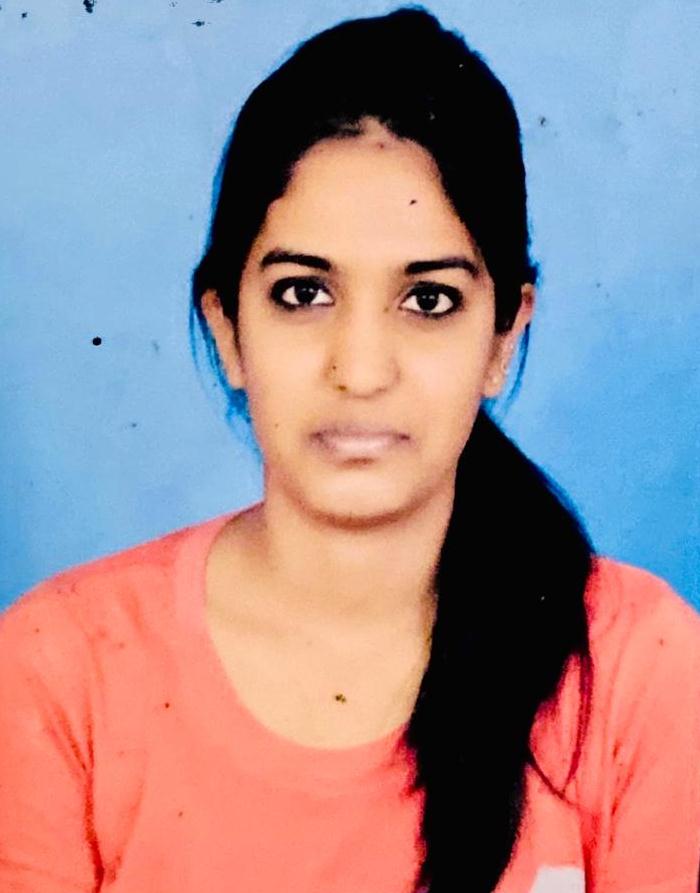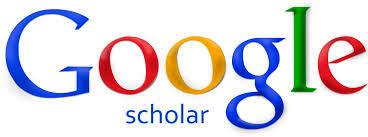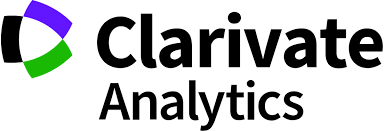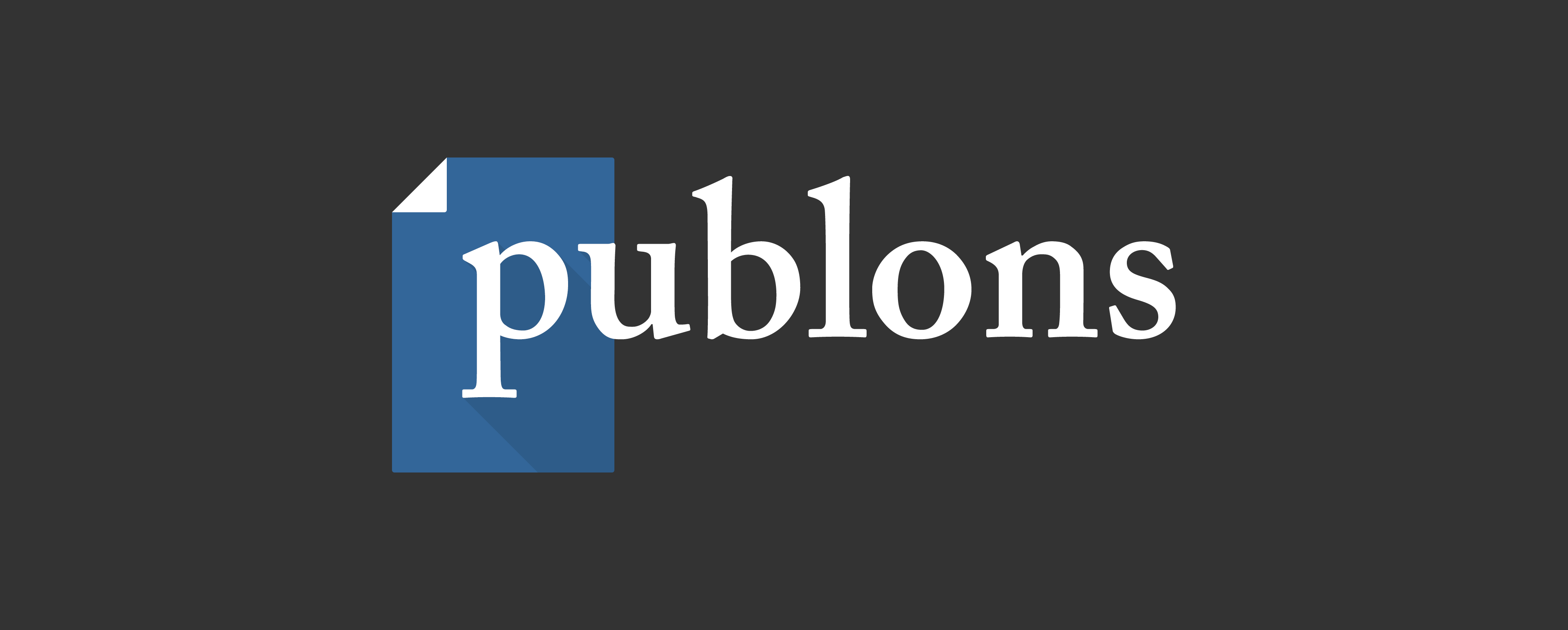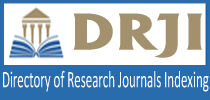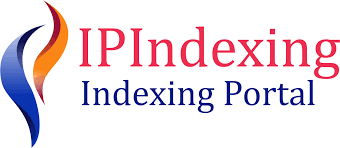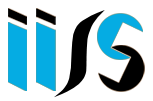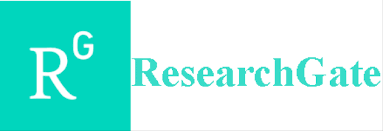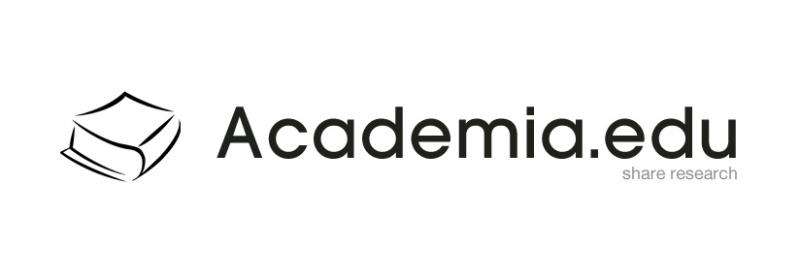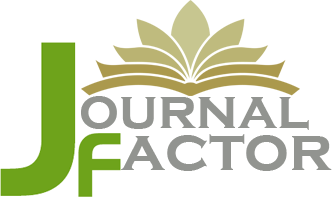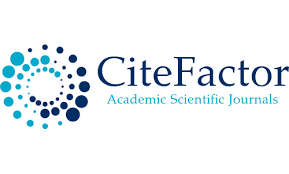Guidelines to author
Journal Of Advanced Research In Technology And Management Sciences (An international peer-reviewed monthly journal) publishes original articles, critical reviews, case studies and short communications in the field of technical sciences. It allows free unlimited access to abstract and full-text. The journal policy is to publish work deemed by peer reviewers to be a coherent and sound addition to scientific knowledge and to put less emphasis on interest levels, provided that the research constitutes a useful contribution to the field. Any manuscript or substantial parts of it, submitted to the journal must not be under consideration by any other journal.
SUBMISSION OF THE MANUSCRIPT
In general, the manuscript should not have already been published in any journal or other citable forms, although it may have been deposited on a preprint server. Authors are required to ensure that no material submitted as part of a manuscript infringes existing copyrights or the rights of a third party. All submissions must be in English and should be submitted by the online submission system. Each manuscript will be provided with a manuscript ID and all correspondence is done through e-mail. Please always refer to the manuscript ID for any further inquiries. Authors are invited to suggest up to five potential reviewers, together with their contact details (e-mail addresses are essential). In case of any problem through the online submission, submit manuscripts to our mail: editor@jartms.org preferably by the corresponding author.
TYPE OF MANUSCRIPT
Original Article: It should consist of unpublished results of original research, which must be presented in detail to comply with the reproducibility of the described experiments and desired output. This research article should reveal the design of experimental studies that give a significant contribution to knowledge. Review Article: Review articles should not be more than 12 pages and contain comprehensive coverage of relevant literature. Review articles should preferably be written by scientists who have in-depth knowledge of the topic. All format requirements are similar to those applicable to the original article. Review articles need not be divided into sections such as Materials and methods, and Results and discussion, but should definitely have an abstract and introduction. Short Communication: The research and technical communications section of this journal are open to interesting results worthy of publication without requiring extensive introduction and discussion. This section should be organized as follows: Abstract, Introduction, Materials and methods, Results and discussion (combined). Not more than 10 references should be provided. Tables, figures and references are to be arranged in the same way as for research papers. The brevity of presentation is essential for this section. Case Studies: They should be unique, describing a great diagnostic or therapeutic challenge and providing a learning point for the readers. Cases with clinical significance or implications will be given priority.
MANUSCRIPT STRUCTURE
Manuscript preparation: The manuscript should be prepared in English using “MS Word” with a 1-inch margin on all sides of the page. “Times New Roman” font should be used. The font size should be of 11pt but the main Title should be of 14pt bold uppercase, main headings should be of 11pt bold uppercase, subheadings should be of 11pt bold lowercase. These subtitles should be typed in italics. Illustrations (Figures & Graphs) and tables must be inserted at the end of the reference section. The manuscript should be concisely typewritten in 1.5 spaces in A4 sized sheets. The length of an article should not exceed 25 pages to include figures, tables, and references. No abbreviations on acronyms shall be used in the titles or Abstract acronyms except for measurements. There shall not be decorative borders anywhere in the text including the title page. These entire MS word document with graphs and illustration posted in it shall not exceed 4 MB. The manuscript should be starting with the covering letter and the text should be arranged in the following order:
- Title Page
- Abstract
- Keywords
- Introduction
- Materials and Methods
- Results and Discussion
- Conclusion
- Acknowledgments (If any)
- References
Covering letter: The corresponding author should mention the undertaking that if any animal studies carried was in accordance with their country or institutional ethical committee and also state that the manuscript has not been published elsewhere or even under consideration for publication.
Title Page: The title must be as brief as possible, comprehensive and descriptive. It should not be more than 20 words. The title should be of 14pt bold uppercase. Each author must provide their full name including their forenames and surname. The Corresponding Author of the manuscript must be marked with an asterisk. In addition, the corresponding author must include Telephone and E-mail address at the bottom left corner of the title page. If any of the co-authors are from different organizations, their addresses too should be mentioned and indicated using numbers after their names. Maximum 3 authors should be allowed.
Abstract: Provide on a separate page an abstract of not more than 200 words. A concise and factual abstract is required. The Abstract should be informative and completely self-explanatory, briefly present the topic, state the scope of the experiments, indicate significant data, and point out major findings and conclusions. An abstract is often presented separately from the article, so it must be able to stand alone. For this reason, standard nomenclature should be used and abbreviations and references should be avoided.
Keywords: Provide four to ten appropriate keywords after abstract will help readers or indexing agencies in cross-indexing the study. Use terms from the latest technical Subject Headings.
Introduction: The introduction should not be an extensive literature review although it should provide sufficient background information for the reader to understand and evaluate the results of the present study and it should start on a new page. A justification for research aims and objectives must be clearly mentioned without any ambiguity. The purpose of the study should be stated at the end. The introduction MUST include in-text citations including references to pertinent reviews and primary scientific literature.
Materials and Methods: It should be complete enough to allow experiments to be reproduced. However, only new procedures should be described in detail, previously published procedures should be cited, and important modifications of published procedures should be mentioned briefly. Capitalize trade names and include the manufacturer's name and address. Subheadings should be used. Methods in general use need not be described in detail. All important materials used along with their source shall be mentioned. Please include the company sources for all uncommon reagents (kits, drugs, etc). Drugs and chemicals should be precisely identified using their non-proprietary names or generic names.
Results: The results should be stated concisely without comments. They should be presented in logical sequence in the text with appropriate reference to tables and/or figures. The data given in tables or figures should not be repeated in the text. The same data should not be presented in both tabular and graphic forms. Simple data may be given in the text itself instead of figures or tables.
Discussion: This section should follow results, deal with the interpretation of results, convey how they help increase current understanding of the scientific problems being investigated in the field and should be logical. Description of relevant references to other work/s in the field should be included here. This section also allows you to discuss the significance of your results - i.e. does the data support the hypotheses you set out to test? An unsupported hypothesis should be avoided. This section should end with new answers/questions that arise as a result of your work. Sometimes the results and discussion can also be combined under one section.
Conclusion: It must be drawn considering the strengths and weaknesses of the study. This should state clearly the main conclusions of the research and give a clear explanation of their importance and relevance.
Acknowledgments: The source of any financial support, gifts, technical assistance and advice received for the work being published must be indicated in the Acknowledgments section.
References: The authors are responsible for the accuracy of the bibliographic information. It must be numbered consecutively in the order that they are cited in the text. Arabic numerals (ENCLOSED IN SQUARED BRACKETS, eg., [1], [1,3,5] or [1-4]) should be used in citing references in the text. The squared brackets MUST NOT be used anywhere else in the text to allow easy XML file coding. A list should be included on separate double-spaced pages at the end of the text. For the proper abbreviations of the journal titles, refer to “Chemical Abstracts”.
Tables: Should be typed on separate sheets of paper and should not preferably contain any molecular structures. Only MS word table format should be used for preparing tables. Tables should show lines separating columns but not those separating rows except for the top row that shows column captions. Tables should be numbered consecutively in Arabic numerals and bear a brief title in capital letters normal face. Units of measurement should be abbreviated and placed below the column headings. Column headings or captions shall be in boldface. It is essential that all tables have legends, which explain the contents of the table and place footnotes to tables below the table body. Tables should not be very large that they run more than one A4 sized page. Tables should not be prepared in the landscape format, i. e. tables that are prepared width wise on the paper. Be sparing in the use of tables and ensure that the data presented in tables do not duplicate results described elsewhere in the article.
Figures: Should be on separate pages but not inserted within the text. Figures should be numbered consecutively in Arabic numerals and bear a brief title in lower case boldface letters below the figure. Graphs and bar graphs should preferably be prepared using Microsoft Excel and submitted as Excel graph pasted in Word. These graphs and illustrations should be drawn to approximately twice the printed size to obtain satisfactory reproduction. As far as possible, please avoid diagrams made with India ink on white drawing paper, cellophane sheet or tracing paper with handwritten captions or titles. Photographs should be on glossy paper. Photographs should bear the names of the authors and the title of the paper on the back, lightly in pencil. Alternatively, photographs and photomicrographs can be submitted as jpeg images. Figure and Table titles and legends should be typed on a separate page with numerals corresponding to the illustrations. Keys to symbols, abbreviations, arrows, numbers or letters used in the illustrations should not be written on the illustration itself but should be clearly explained in the legend. Avoid inserting a box with the key to symbols, in the figure or below the figure. In the case of photomicrographs, magnification should be mentioned either directly on them or in the legend. Symbols, arrows or letters used in photomicrographs should contrast with the background. Method of staining should also be mentioned in the legend.

